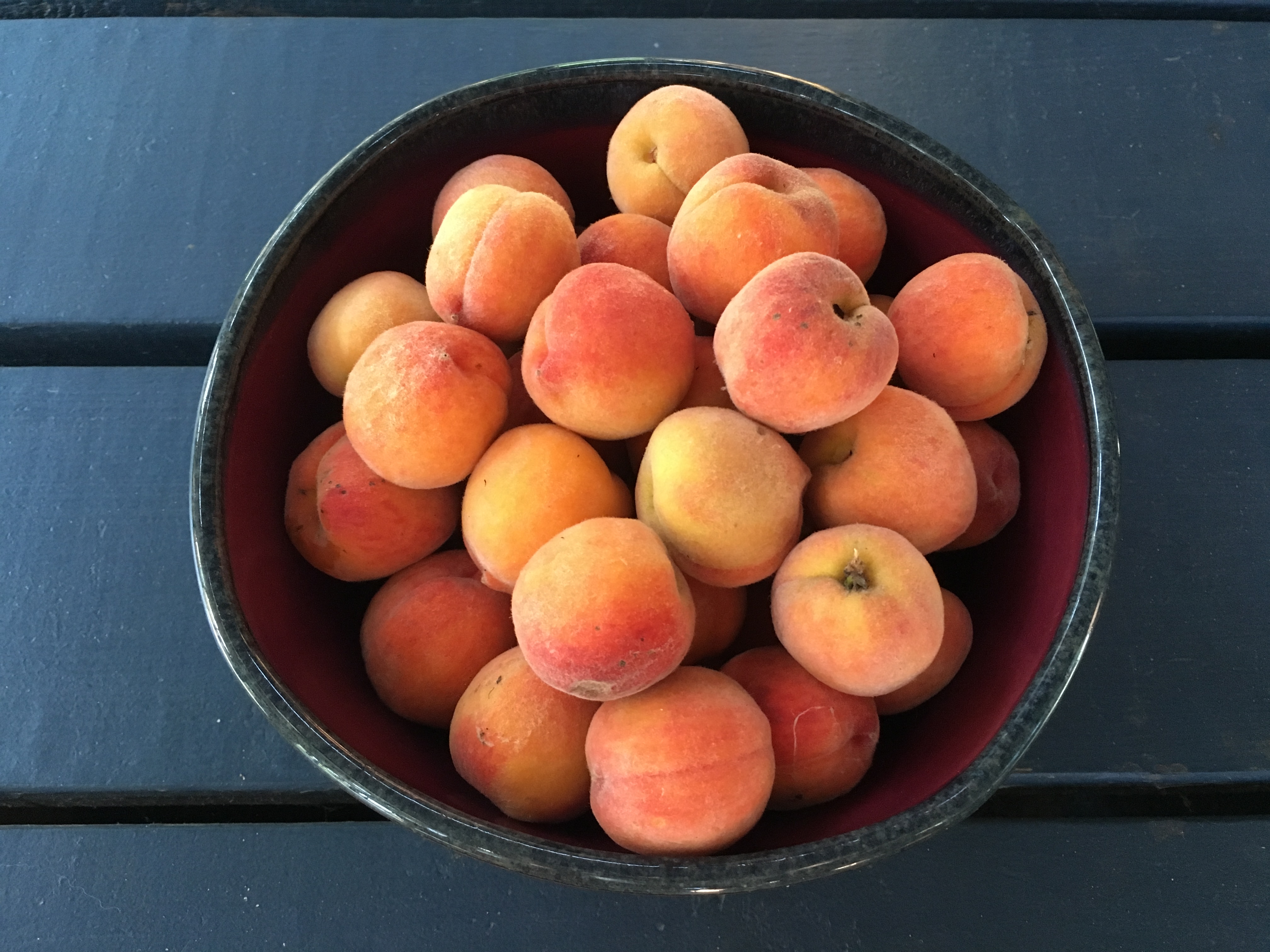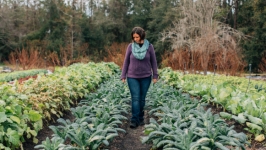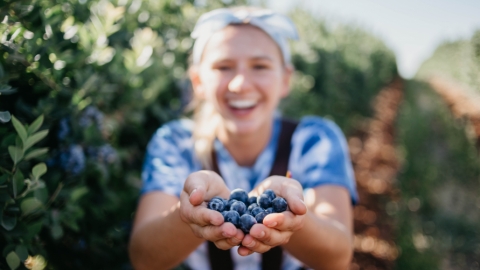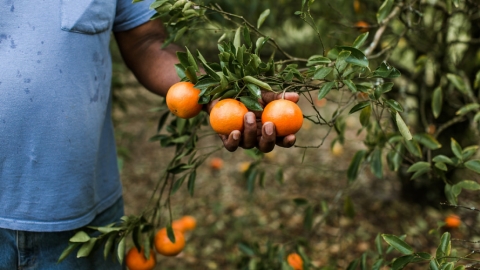Florida's Peach Season
One of the most quintessential summertime sensations is sinking your teeth into a fresh, succulent peach. From the initial piercing of the taut skin, to the rich juices flooding your mouth, to the nectar dripping down your hands, eating a peach is nothing less than divine. The tantalizingly short availability of peaches, from April to May in Florida and May to August in other growing states, contributes to the appeal. While many consider Georgia the best source of this stone fruit, South Carolina’s crop is actually second in the nation behind California.
Not many folks consider Florida as a peach producer. Due to the decline in citrus groves, however, peaches are seen as an alternative crop in the sunshine state. Citrus greening disease, Huanglongbing, has significantly impacted Florida’s groves, leaving farmers scrambling for sustainable replacements. Enter the peach, which thrives in full sun exposure and moist soil – conditions that match Florida’s climate perfectly.
Members of the University of Florida’s Institute of Food and Agricultural Sciences have been actively discussing best practices to grow and market specific peach varieties, especially in northeast Florida. In the spring of 2016, the team presented research on the recommended ‘Flordaguard’ rootstock, the plant that serves as a base for peaches and other stone fruits to grow. The university’s team also published suggested growing procedures for Florida peaches by month, along with proposals for orchard layouts, growth sites, irrigation ideas and tips to avoid nematodes (worms that are harmful to peaches). Plans are for the group at IFAS to continue research and release their findings as an aid to regional peach farmers.
Peaches are often harvested before fully ripening, so, when choosing them, let your nose be your guide. If a peach does not smell like a peach, even if it is still firm to the touch, chances are the flavor of the fruit will probably not develop. One way to ripen peaches is by storing them in a paper bag until they are soft.
Pitting peaches is a similar process to that of avocados: start by placing a knife at the stem and slicing through the fruit to the pit. Holding the blade against the pit, gently drag the knife all the way around the peach and finish where you began, at the stem. Twist the two halves of the peach in opposite directions until they pull apart, with the pit in one half; finally, loosen one end of the pit with your finger or a knife and slide it free of the skin. You will have ended up with two even-sized peach halves, which you can then lay flat and slice into pieces proportioned according to the recipe you are using.
Here’s a simple step to remove the skin from a peach. Make an X in the base of the peach (not the stem end). Place the peach in a pot of boiling water for about one minute, then remove it and plunge into a bowl of filled with water and ice cubes. Once the peach is cool, the skin will slide right off using a paring knife.











